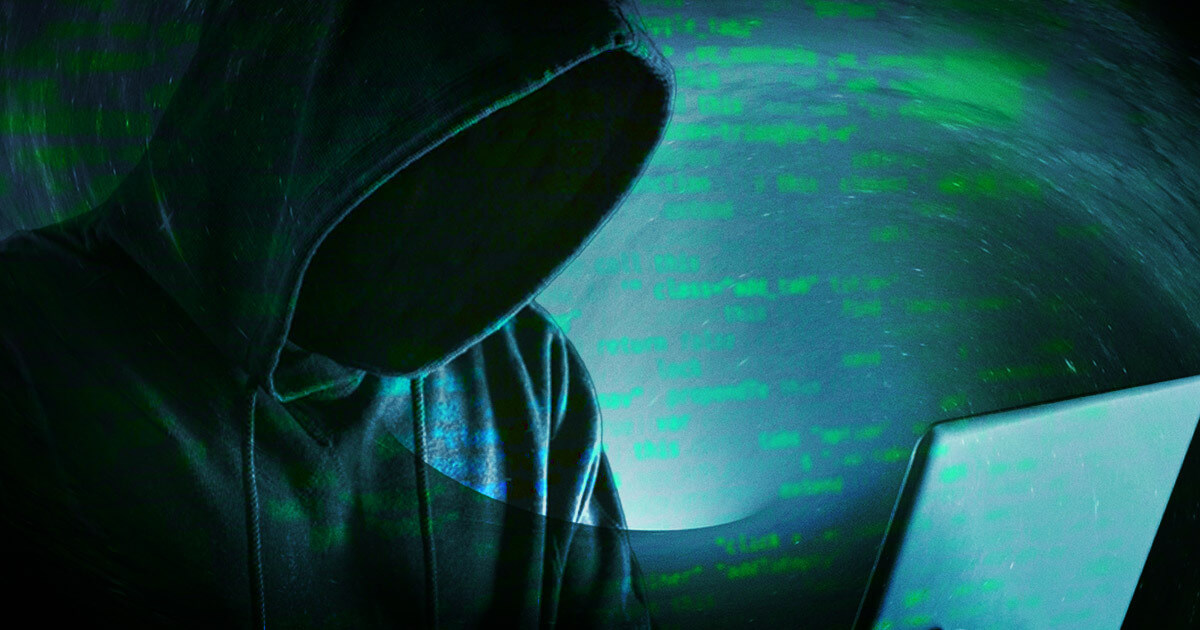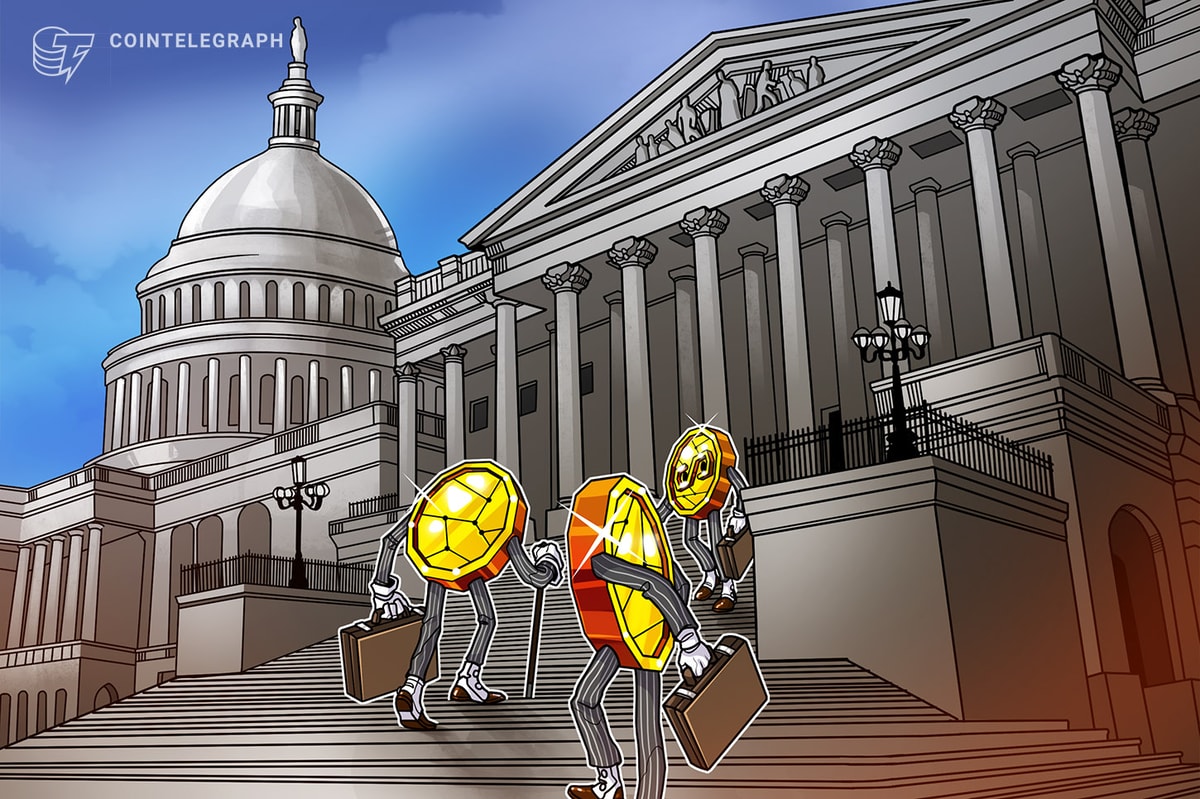Within days of buying Twitter, Elon Musk wants to unlock subscription revenue streams for the microblogging site. The blue tick, or the coveted verified account status, would now cost $8 a month, says Musk. Still, globally, it’ll be on purchasing power parity (PPP) with the dollar, moderating the impact for end-users. Musk’s move has sharply divided Twitterati but appears to be well thought out. Most social-media platforms are testing out subscription models with the global economic downturn expected to dry up advertising revenues. Can social media remain largely free in the future? Here’s what Musk’s latest move means for Indians.
What has Musk proposed?
Musk contemplated a $20 subscription fee for a blue tick on the site for Twitter users. After a pushback from Twitterati – in particular, an angry response from author Stephen King – Musk finally settled for an $8 fee. To global Twitter users, he made a concession of sorts. The charge would be indexed to purchasing power parity, or PPP levels.
It essentially means he would not multiply $8 with the forex market exchange rate, but would link it to the real purchasing power of currencies. So, in India, he would factor in how many rupees have the same buying power as a dollar in the US. This would certainly cushion the impact for Indians, because in PPP terms the rupee is much stronger than on market-determined forex rates.
You might also like
Three next-gen Tatas put on a Tata trust board
So, what’s the big deal about the blue tick anyway?
FY24 capex goal may be raised to ₹10 trillion
How Bengaluru airport is bridging the gap with Delhi, Mumbai
How can Musk do the math in India?
If Musk rests his calculation on exchange rates, the value of $8 dollars would be about ₹650. But on a PPP basis, the amount would be much less.
Essentially, Musk may want to consider the PPP exchange rates for the dollar worked out by the World Bank in 2021, and that’s about ₹23. So, 23 multiplied by 8, that’s about ₹184.
There’s another way to work out the numbers. The Big Mac index invented by The Economist is accepted as another gauge of the real value of currencies, including the rupee. It arrives at a PPP level based on the price of a burger in different countries.
According to the Big Mac index, the rupee is undervalued by about 54%. That puts the real value of rupee at about ₹45. That would mean $8 would be almost double the previous estimates at about ₹360.
But whatever standards Musk adopts, he’ll keep in mind that India is a price-sensitive market. Subscribers are more likely to buy into his plan if he opts for aggressive pricing.
Why is Musk keen on subscription revenues?
Over the years, Twitter’s revenues have largely been advertising-led. In fact, over 90% of Twitter’s revenues in 2021 were from advertising, with the rest coming largely from data licensing. And yet, Twitter has struggled to work out a viable monetisation model – weighed down by employee and infrastructure costs – despite its 400 million-odd users, some 24 million in India alone. In 8 of the last 10 years, Twitter has reported losses. Musk realises he has to look beyond advertising to keep Twitter running.
Is it the end of free social media?
So far, social media has been largely free, and that explains its phenomenal popularity globally. But many popular platforms have found it difficult to churn out profits and work out a sustainable business model. Meta’s Whatsapp is another example – despite its wide reach, the instant-messaging platform has struggled to make profits.
Now, many social media platforms have been testing subscription models to create a sustainable revenue stream, from YouTube to Instagram to Tiktok. And now, it’s the turn of Twitter.
The global economic headwinds too will a decisive factor. With central banks busy combating inflation, the global economy faces turbulence ahead. Advertising budgets of companies may be under pressure in the months ahead. In fact, Twitter has already spoken about a challenging environment in digital advertising.
Elsewhere in Mint
In Opinion, Vivek Kaul tells how to rid the GDP of male chauvinism. Niranjan Rajadhyaksha writes on why inflation takes longer to go down. Arpita Mukherjee & Eshana Mukherjee explain why we have not gained from our FTAs. Long Story exposes an accounting twist that just erases emissions.
Download The Mint News App to get Daily Market Updates.
More
Less
















